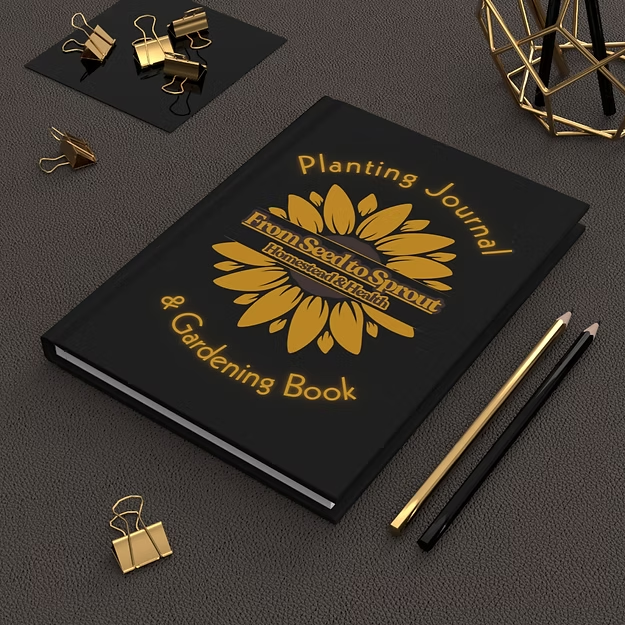How to Grow Blueberries Where You "Shouldn't Be Able To."
- fromseedtosproutnm
- Apr 8
- 3 min read
Blueberries are one of those plants that produces a fruit containing a wide array of benefits for humans. They are high in antioxidants, good fibers, various vitamins and minerals, and can help with fighting inflammation, supporting brain and digestive health, and can also help boost the immune system. It is very clear why anyone might want to grow blueberries. Not to mention they have very beautiful and beautifully unique flowers and a gorgeous fall color as well. You may be asking yourself then, why don't I just grow some blueberries if they're so beneficial. The answer? Blueberry plants are pretty particular in the environment in which they like to grow.
Let me start by acknowledging that I am a southwestern gardener with a garden located in Las Cruces, New Mexico. Our climate here is very hot and dry during the summers, with our winters being considered mild (even though we do have freeze events). We also have alkaline soil with a pH averaging about 8.4. Why is this important? Well, let's look at where blueberries are from naturally. Where can you find blueberry plants growing wild? You can find wild blueberries growing in the northern portion of the United States where the conditions include consistently wet soil and acidic soil conditions. These are the exact opposite of the conditions found in the arid southwest. So how do we remedy this for successful blueberry production?

The easy answer is to purchase a variety already growing in a container and continue to grow it in that container so controlling the variables of soil moisture and pH will be a lot easier. You can then feed it with fertilizer specifically made for acid-loving plants like azaleas. That's a great solution if you have a small amount of space or are a first-time gardener (although I may recommend easier plants for the first-time gardener). I also like to advocate for not using synthetic chemical fertilizers, so anything that can give you what you need and has been sourced naturally is the way to go. You and your plants will both be happier.
Now that I gave you the easy answer, let's dive into something a little more complicated - growing the blueberry plant in the ground when the environment and soil is not conducive for its growth and production. This is what I've done. When you have a plant that is adapted to certain types of growing conditions, it is best to try to mimic those conditions as much as you can. So, what I did for my blueberry plants was, first, I dug a hole. I dug the hole to be as deep as the container the blueberry plant came in and twice the width to allow the roots to spread out (blueberries don't have deep root systems). I thoroughly watered the plant before removing it from its container. If you don't water thoroughly, you run the risk of transplant shock. Before placing the plant in its new home, I scored the roots (this means to tease the roots away from growing in the circular pattern they form in the pot), then I mixed in a little bit of peat moss with the native soil at the bottom of the hole. Once I put the plant in place, I backfilled the hole with more peat moss. Then I made a dirt berm around the plant to contain the water and filled it up with water from the hose. I gave it water about every other day for a week until it became established then slowly tapered off to one day a week (only because it became winter and evaporation was less). As far as fertilizer goes, I make my own fertilizer at home that seems to have benefited the plant very well. I make a banana peel fertilizer by steeping three or four banana peels in an air-tight Mason jar for about a month's time (although I've read 3-5 days is efficient but have yet to try that shorter amount of time) then I open the jar and pour the nutrient water into the confines of the berm. Now we have gorgeous blueberry plants that are happy, healthy, thriving, and even flowering! And we weren't even supposed to be able to grow them in our given conditions.

So, don't be discouraged if you've tried to grow this plant and have failed. Follow this how-to guide and grow yourself some delicious, nutritious, and beautiful blueberry plants!
Created: 4/8/25
.png)


Comments